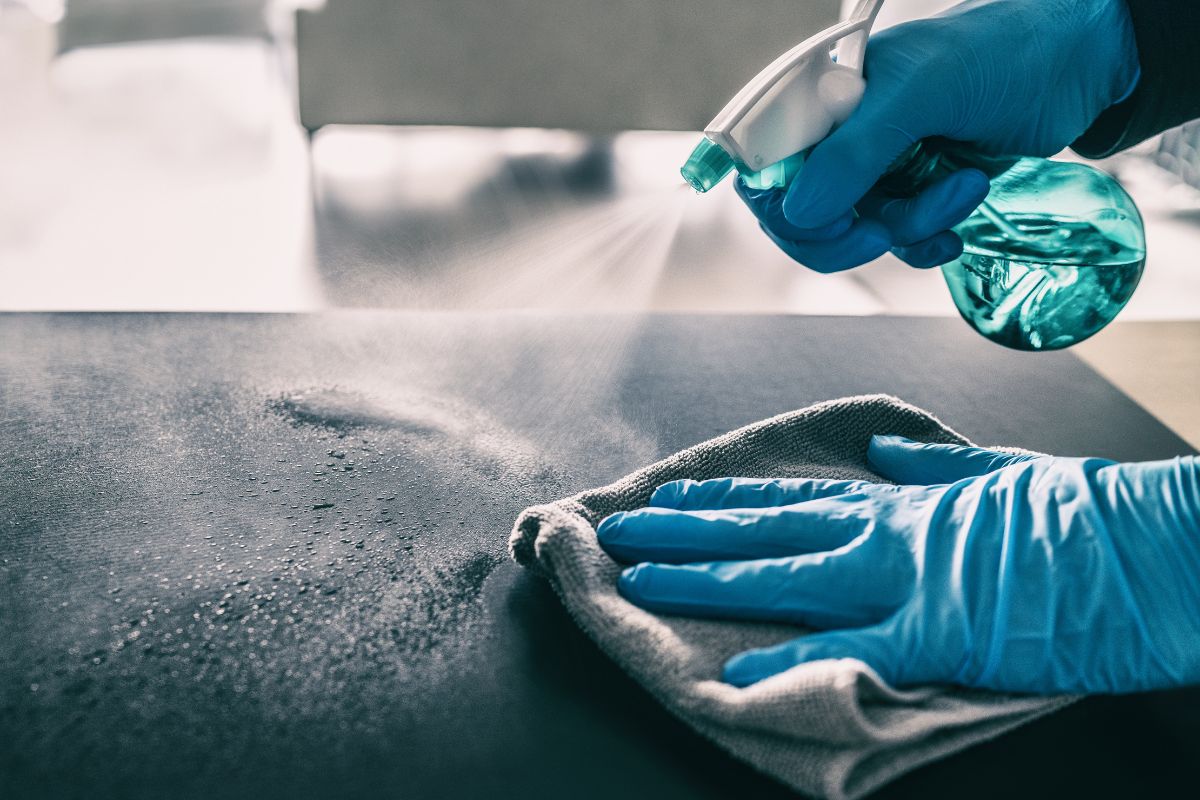Industry after industry is acting to meet consumers’ demand for clean, sleek, and durable surfaces as technology evolves with double-digit growth. From smartphones to kitchen appliances, the movement is toward materials that look pristine, are easy to keep clean, and wallop the daily life drag of life. Advanced cleaning offers scratch, stain, and corrosion resistance, as well as longer life and better looks.
One of the most progressive developments within this arena comes courtesy of surface treatments, specifically anti-fingerprint coatings that help strike a fresh balance between form and function. These innovative treatments are paving the way for a cleaner and more beautiful tomorrow!
Table of Contents
Understanding Advanced Surface Treatments
In this context, surface treatments refer to techniques or processes that are used to modify the surface characteristics of materials, such as metal, plastic, or polymer. Unlike conventional surface modification methods, advanced surface treatment methods utilize high-tech processes, such as nanotechnology and chemical engineering.
Key Features of Modern Surface Treatments
Finger and Smudge Resistance: Cut down on unsightly fingerprints and smudges to keep your device looking cleaner.
Scratch Resistance: Giving a hard, sturdy layer to resist wear and scratches.
Hydrophobic and Oleophobic Characteristics: Repel water, oil, and dirt to make cleaning the surface easier.
Aesthetic Upgrade: Options for matte to glossy finishes to meet various design needs
Thus, advanced surface treatments are essential for a variety of applications.
The Role of Anti-Fingerprint Coatings
Anti-fingerprint coatings are among the most desirable surface treatments that have changed our way of contact with common items. Coatings improve visibility and also repel water for extreme conditions without hiding LCD screens as well as preventing smudges and fingerprints for longer periods.
Applications of Anti-Fingerprint Coatings
Consumer Electronics: Anti-fingerprint coatings are utilized on both screens and casings of smartphones, tablets, and laptops to improve usability and visual appeal.
Appliances: Stainless steel fridges, ovens, and dishwashers remain clean and streak-free, which lessens the need for constant wiping.
Automotive Interiors: Touchscreens and dashboard panels, as well as door handles, keep a smooth, clean look.
Architectural Glass: Windows and mirrors with anti-fingerprint treatments stay free and easy to clean.
They offer improved user experience, but also ensure the lifetime of the covered materials.
Benefits of Advanced Surface Treatments
Enhanced surface treatments provide benefits beyond appearances, making them a worthwhile addition to everyday products for consumers as well as for use in industrial applications.
Reduced Maintenance
Smudge-resistant and easy-to-clean surfaces need less frequent cleaning, so you save time and energy. It helps especially with high-touch surfaces, such as smartphones and kitchen appliances.
Enhanced Durability
Surface treatments prevent scratches, abrasions, and environmental damage to materials, maximizing their lifespan and reducing the frequency of repairs or replacements.
Improved Hygiene
By preventing the growth of bacteria and other pathogens, antimicrobial coatings help ensure that hospitals, kitchens, and busy public areas are cleaner and safer.
Aesthetic Excellence
With a wide array of design finishes and smart surface treatments to enable aesthetically beautiful and functional design. Whether for a glossy smartphone display or a matte surface like the dash of a car, these treatments provide flawless results.
Innovations in Surface Treatment Technology
With the increasing demand for high-performance surfaces, new technologies are being used by industries that enable fast-drying, chemical-resistant, corrosion-resistant advanced coatings.
Nanotechnology
These Nano-level coatings change the structure of the surface at the molecular level, resulting in amazing resistance to dirt, oil, and water. These materials also have coatings that are nearly unnoticeable, keeping the natural look of the material intact.
Self-Healing Coatings
Self-healing coatings employ materials that allow for minor scratches and damage to repair themselves, making them an excellent choice for automotive and electronic applications where surface integrity is important.
Sustainable Coatings
Using biodegradable materials and energy-efficient manufacturing processes, eco-friendly surface treatments are thus more environmentally friendly, resulting in less pollution.
Smart Coatings
Responsive coatings that can alter their properties in response to the surrounding environment, for example, heat or light are being designed for dynamic properties.
The Future of Surface Treatments
Surface treatments will develop by jumps and bound through as technology continues to grow and advance and support the industries and efforts of future products and the environment. It will almost certainly expand to include the following:
Greater Accessibility: Bringing advanced treatments within reach of many more applications, at a more competitive expense.
Customization: Enabling end-users and industries to select custom coatings for their particular requirements and needs.
New Collaboration with New Technologies: Partnering with industries such as augmented reality and smart home technologies to develop next-gen materials.
Advanced surface treatments, such as anti-fingerprint coats, are a substantial step into beauty and utility. Here, those treatments — combining innovative technology with consumer-centric design — are paving the way for a cleaner, sleeker future across industries.
















